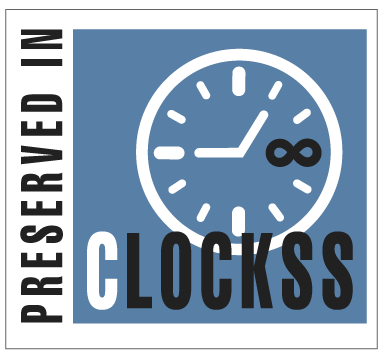Abstract
During the COVID-19 pandemic, mass media, especially online news portals, have been essential in disseminating health information and governmental policies, serving as the primary reference for the general public. Unfortunately, not all news articles are relevant to COVID-19 case monitoring. Some sources provide information that is less useful for tracking the pandemic's progression. Thus, it is crucial to develop a methodology that allows news articles to effectively aid stakeholders in monitoring COVID-19 developments. This study proposes using Deep Learning (DL) models to classify news headlines for this purpose. The aim is to identify suitable and reliable DL models for classifying Indonesian-language news headlines related to COVID-19 by comparing two popular models: Convolutional Neural Network (CNN) and Long Short-Term Memory (LSTM) under various data imbalance scenarios. To improve model performance and reduce overfitting during training, hyperparameter tuning is applied to parameters such as epochs, batch size, dropouts, and LSTM units. Furthermore, the model uses the Count-Vectorizer approach for word embedding with the Bag of Words (BoW) technique to effectively understand the text's vocabulary. The results indicate that the CNN model outperforms the LSTM model in terms of precision, efficiency, and reliability, especially in scenarios with imbalanced data. The CNN model proves superior across all levels of data balance when evaluating its capacity to classify imbalanced data.
Keywords
COVID-19, CNN, Imbalanced data, LSTM, News headline data classification
Subject Area
Computer Science
Article Type
Article
First Page
2458
Last Page
2468
Creative Commons License

This work is licensed under a Creative Commons Attribution 4.0 International License.
How to Cite this Article
Kurniasari, Dian; Azizah, Luthfia Nur; Khotimah, Purnomo Husnul; and Warsono
(2025)
"Performance of CNN and LSTM Model on COVID-19 News Headline Data Classification,"
Baghdad Science Journal: Vol. 22:
Iss.
7, Article 29.
DOI: https://doi.org/10.21123/2411-7986.5009








